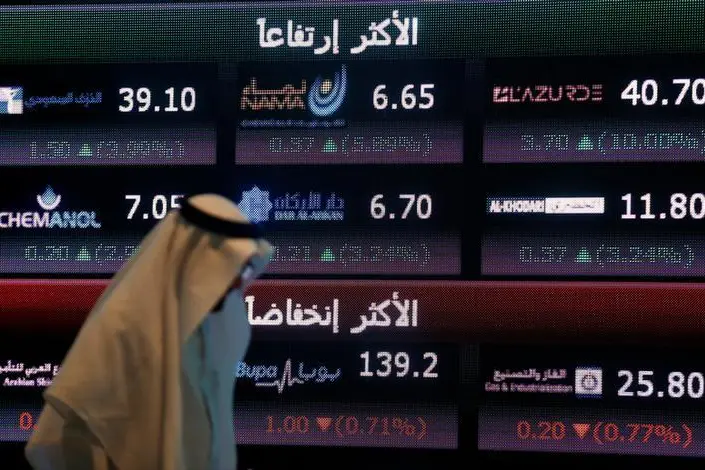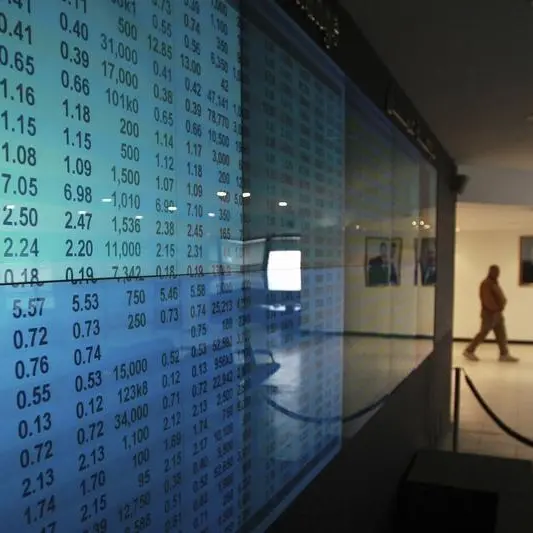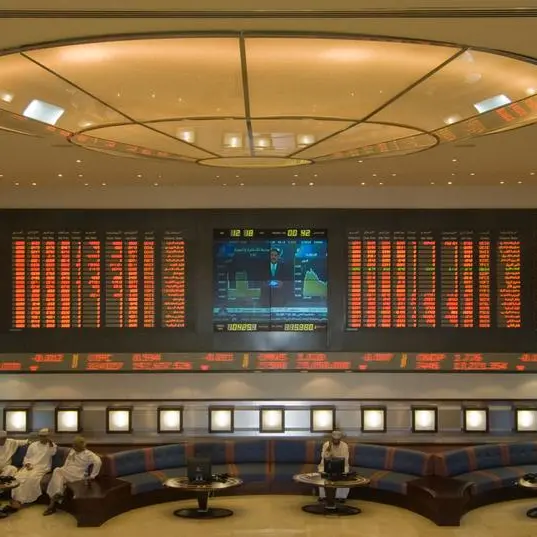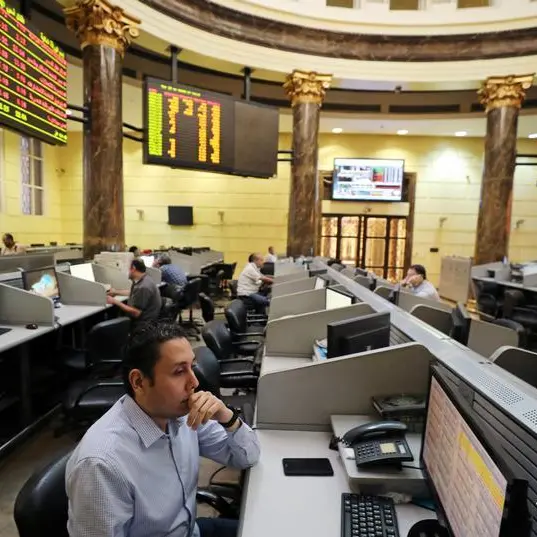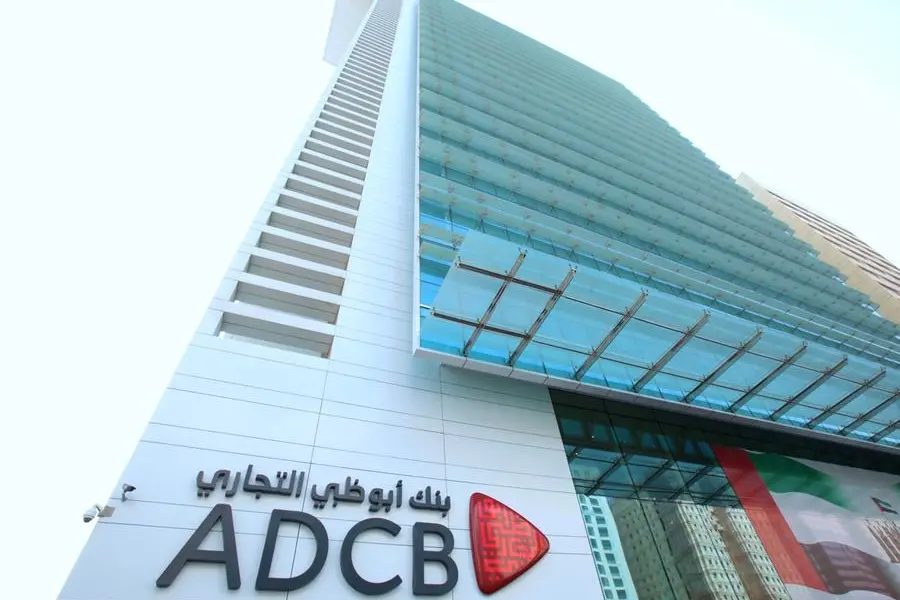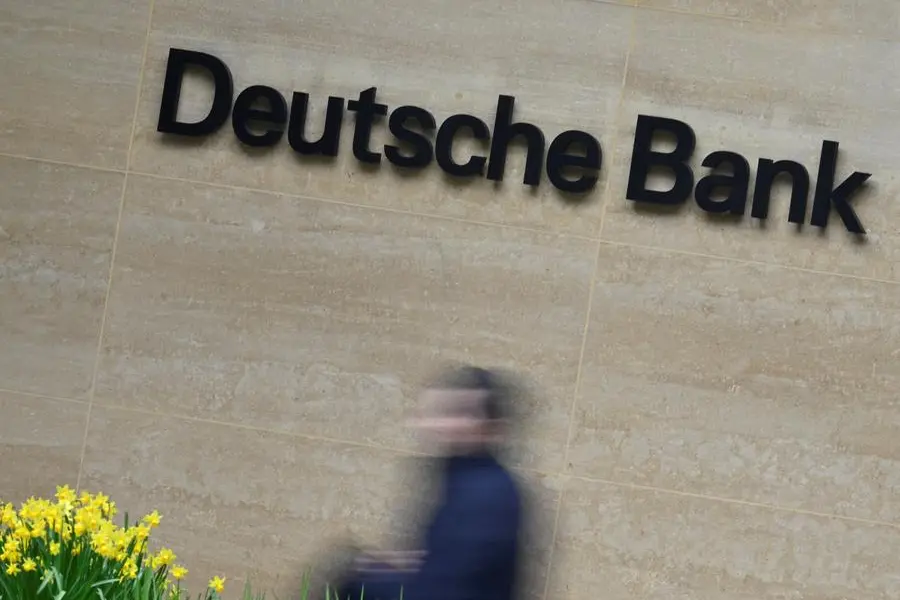PHOTO
An investor walks past a screen displaying stock information at the Saudi Stock Exchange (Tadawul) in Riyadh, Saudi Arabia June 29, 2016.Image used for illustrative purpose. REUTERS. Faisal Al Nasser
The Gulf’s REITs sector has tremendous potential but must overcome ambiguous regulations, a shortage of suitable property and downbeat investor sentiment in order to expand as an asset class.
Dubai was the first Gulf jurisdiction to permit Real Estate Investment Trusts (REITs), which own and manage real estate portfolios, introducing a REITs law in 2006, while Abu Dhabi, Saudi Arabia, Oman and Bahrain did likewise from 2015 onwards.
Yet REITs have gained little traction, aside from in Saudi Arabia, where a flurry of listings on the kingdom’s bourse brought windfalls for REIT owners and many were massively oversubscribed, before investors began to question their asset quality.
In the United Arab Emirates, upbeat talk from the Abu Dhabi Exchange (ADX) and Dubai Financial Market (DFM) about attracting REIT flotations has yet to be borne out, with the UAE’s only two publicly-traded REITs listed on Nasdaq Dubai.
In a region where real estate has been a favourite asset class for retail and institutional investors, REITs have extremely low penetration, PwC wrote in a December 2018 report that predicts the number of REITs will steadily increase.
According to PwC data, UAE REITs’ market capitalisation of $800 million represents just 3 percent of the value of listed real estate companies, whereas in the likes of Britain and the United States the equivalent figure is over 80 percent.
PwC’s outlook chimes with what property owners are saying.
“The agenda for one out of every three client meetings that I attend revolves around setting up a REIT,” said Dan McCulloch, head of valuations at real estate consultants CBRE in Dubai.
“Strategies for setting up a REIT range from buying strata units across the residential sector in order to diversify micro-location risk, right through to the purchase of prime assets such as hotel-focused and mixed-use properties,” he said.
“The focus and structure of the REIT depends on factors such the listing jurisdiction, whether they are onshore or offshore and whether a Sharia complaint structure is required.”
Yet finding suitable properties to include in a REIT - residential units aside - is difficult, with a marked shortage of assets that have both sufficiently long leases and A-grade tenants, warned McCulloch.
“When funds hoover up the available assets, it creates yield compression for the most prime stock,” he added, noting this is pushing several REITs to consider investing more in under-development real estate.
A taxing issue
There is also confusion regarding tax and fees. PwC warned that none of the various Gulf jurisdictions have codified the tax status of REITs, although REITs worldwide are typically tax-exempt or pay a reduced rate on rental income and capital gains. Dubai, specifically, has ambiguous regulations.
“There isn’t clarity as to whether a REIT buying a property in Dubai is subject to the 4 percent registration fee. Right now, this requires case-by-case discussions with the land department, which is a massive issue," said a lawyer who spoke of condition of anonymity.
UAE REITs provided an average dividend yield of 6.6 percent in 2018, PwC estimates, above the global mean of 5.7 percent. Saudi REITs, however, have returned just 2.7 percent.
“Part of the issue in Saudi Arabia was that there was a sudden rush in listings with insufficient diligence done on the quality of assets,” PwC wrote. There have been lots of new REITs listed on the Saudi stock exchange this year – so much so that the market capitalisation of REITs listed has increased to over $3 billion – up from $2 billion in the first quarter of this year, according to a report published this week by Knight Frank
But the performance of Saudi’s 16 bourse-listed REITs has been mixed, providing yields of between 2.2-12 percent. Most now trade below their debut prices. Riyad REIT Fund has fallen 27.9 percent since listing on the Saudi bourse in November 2016. Likewise, Jadwa REIT Al Haramain Fund is down 31.6 percent since going public in April last year. Al Jazira Mawten REIT Fund, in contrast, is up 41.3 percent.
Word-of-mouth has been a key factor in the change in sentiment towards REITs as investors grumbled about asset quality. Such concerns have prompted the regulator to raise the minimum REIT size to 500 million riyals ($133.3 million) from 100 million riyals.
“The generic perception in the market right now is that REITS were a quick and easy way for landlords or property owners to exit their holdings,” said Turki Al-Fozan, executive director and head of real estate investments at Saudi Arabia’s MEFIC Capital, which in November listed the 1.23 billion riyal MEFIC REIT on the Saudi bourse.
“For sophisticated investors, there are additional factors weighing against REITs.”
REITs typically offered an un-guaranteed return of 6-7 percent, but rising interest rates mean investors can now get 4 percent on time deposits at some Saudi and foreign banks.
“Investors are weighing it up and deciding that the extra 2 percent you can earn from investing in a REIT versus keeping your money in the bank isn’t worth the risk and are asking for a minimum return on REITs of 8 percent,” said Al Forzan.
New tricks
In order to soothe investor fears, REITS are having to re-think their business models. MEFIC’s REIT, for example, guarantees to pay at least 5 percent annually for the next eight years.
“This is to show the market how confident we are in our product – we couldn’t offer such a guarantee otherwise,” said Al-Fozan of MEFIC REIT, which has a portfolio of eight properties in three Saudi cities - Riyadh, Jeddah and Mecca – plus property in Dubai. These span the residential, retail, office, and hospitality sectors.
“Other REITs are charging management fees only if they outperform a predefined hurdle rate. A plain, vanilla REIT is not going to do well. You have to come up with something new to convince the market you’re sharing some of the risks with them.”
Saudi Arabia’s regulator has also tightened up other REIT rules, with so-called in-kind investors – owners of properties included in the REIT who also own a sizeable portion of the REIT – now subject to a lock-in period of 2-3 years.
“This is a big step. In some of the early REITs, in-kind investors sold heavily in the months immediately after listing, pushing the stock down, which hurt investor confidence,” said Al-Fozan.
Asset growth in the Gulf’s asset management industry is also slowing as a fraught geopolitical atmosphere and relatively poor performance of most regional stock exchanges spur wealthy investors to park their money elsewhere. That, too, is having an effect on REITs.
“There’s less liquidity than a few years ago,” said Al-Fozan. “The property market has slowed. There are few deals. Lots of deals are discussed, but few are completed – sellers are trying to get the prices of 2014, while buyers are saying ‘we’re in control so you have to come down and meet us in the middle’.”
In the United Arab Emirates, there are two REITs-related listings on the Nasdaq Dubai exchange – ENBD REIT, a sharia-compliant REIT fund run by Emirates NBD Asset Management, and Emirates REIT, a REIT fund managed by Dubai’s Equitativa.
Emirates REIT has a special decree allowing it to own onshore properties in Dubai and Ras Al Khaimah, but in Abu Dhabi it can only buy free zone property. Other REITs would have to get similar permissions.
"Regulations are being adapted and changing to improve the investment opportunities in REITs” said Racha Al-Khawaja, Equitativa’a group chief distribution and development officer.
Exchange trades
Both the Abu Dhabi Exchange (ADX) and Dubai Financial Market (DFM) want to list REITs, but progress appears to have stalled. DFM had planned to list two REITS in 2018. A spokesman told Zawya that the exchange would receive its first REIT listing once the potential issuer obtains regulatory approval. DFM’s inaugural REIT will likely list in the first half of 2019, he said.
“Currently, we are in discussions with a handful of potential issuers, some of these discussions are at a very advanced stage,” he added.
DFM published its REITs listing and trading rules in September following approval from the UAE’s securities regulator. Yet the bourse’s recent poor performance – its 2018 losses were 26.7 percent as of December 30, 2018, and the benchmark is at its lowest level in at least five years – has likely deterred REIT owners from going public. Both UAE markets have been dragged down by the performance of real estate stocks, with a Thomson Reuters index of UAE real estate stocks showing a 40 percent decline by close on December 30, 2018.
“Nasdaq Dubai is a great exchange but it’s dollar-denominated, so it works very well for institutional investors but not necessarily for retail investors - if you’re trying to tap the retail market DFM and ADX would be better,” said Khawaja, whose REIT has provided a total return this year of around 8 percent, including dividends.
“This has partly why there aren’t as many REITs as we’d like. You’d expect a real estate-rich region to have a lot more REITs than the GCC has,” Khawaja added.
(Reporting by Matt Smith; Editing by Michael Fahy)
Our Standards: The Thomson Reuters Trust Principles
Disclaimer: This article is provided for informational purposes only. The content does not provide tax, legal or investment advice or opinion regarding the suitability, value or profitability of any particular security, portfolio or investment strategy. Read our full disclaimer policy here.
© ZAWYA 2018